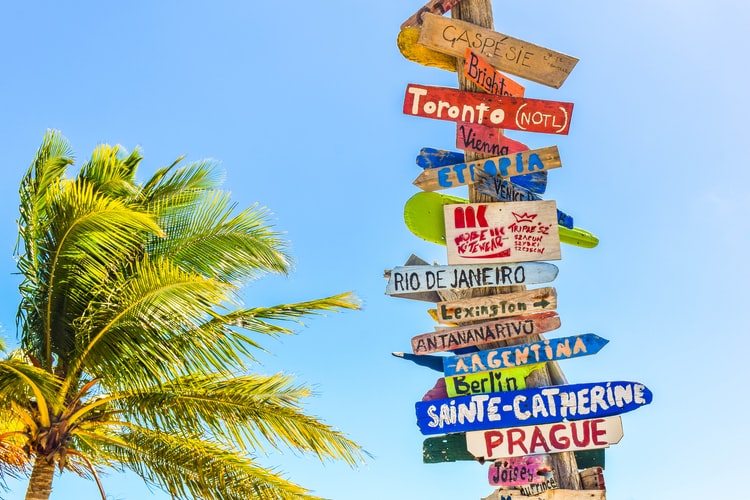“All you need is the plan, the road map, and the courage to press on to your destination.”
− Earl Nightingale,
− An American Radio Person, Writer, and a Speaker.
After having seen what is meant by destination and what are its different types, it’s time to look into what destination management is, what do they do to manage a destination, and why it is important to manage a destination.
What is Destination Management?
Destination Management puts in place programs and strategies that will spread the unique story of a particular destination. Thus, inviting more tourists and enhancing tourism in that particular region. It proves to be a key to success for tourism management, at large.
Why Manage Destinations?
Since tourism directly depends on the customer’s experience, collecting and auditing tourists’ experience is vital. A deep understanding of the destination, the market, and the tourists’ experience can help to target the needs, desires, and expectations of a particular market segment.
The destinations are managed so that they provide excellent memorable experience to the tourists in terms of accommodations, facilities, amenities, activities, and food with a continuous upgraded progress thereby increasing the tourists’ influx and generating revenue.
The Destination Management Organization (DMO)
Since the tourists are at the destination since they arrive till they leave, the destinations contribute major portion of enhancing tourism experience. Right from hospitality to a wide range of services, the provision of excellent experience to the visitors is worked out by united effort of many organizations.
DMO is a collaboration of multiple private and public sector organizations working together towards a common goal, to promote and market the destination, and to retain its tourism value all the time.
Objectives of DMO
The objectives of DMO are as follows −
● To steer destination development.
● To increase tourism influx.
● To spread the benefits of tourism.
● To reduce tourism impacts on environment and local culture.
● To promote and market the country ultimately for tourism.
DMO Partnerships
The DMO partners with various other organizations as −
● Accommodation providers who provide serviced and non-serviced accommodations such as hotels, bed and breakfast, self-catering establishments, holiday caravans, and camping sites.
● Attraction managers who provide maintenance of attractions, museums, galleries, countryside sites, boat trips, and walking tours.
● Food and beverage providers such as restaurants, pubs, and cafes.

● Retail outlets such as specialty and independent shops, and shopping centers.
● Transport operators such as surface and air transport providers.
● Public sector organizations such as state services for availing licenses and permissions.
Characteristics of DMO
Some common characteristics of a DMO are −
● It is an independent, non-profit organization.
● It is a membership-based organization comprising public, private, non-profit, and academic tourism stakeholders from the region.
● It is governed by a board of directors.
● It has diverse set of revenue generation from membership fees, hotel taxes, retail opportunities, online booking commissions, advertising in publications and websites. It provides services mostly at zero cost to the end users.
How DMO Works?
The DMO is completely aware that the experience of the tourists directly drives the economy. It works with all its capabilities to manage the destination by
● Establishing a regular communication with the industry through newsletters, business opinion surveys, marketing opportunities, and annual reports.
● Conducting annual forums to discuss the progress and plans of destination management.
● Conducting topic-specific workshops to discuss key issues.
● Getting feedback on the progress.
● Conducting regular periodic meetings with participating businesses.
● Organizing festivals, lectures, talks, theme holidays, and events.

